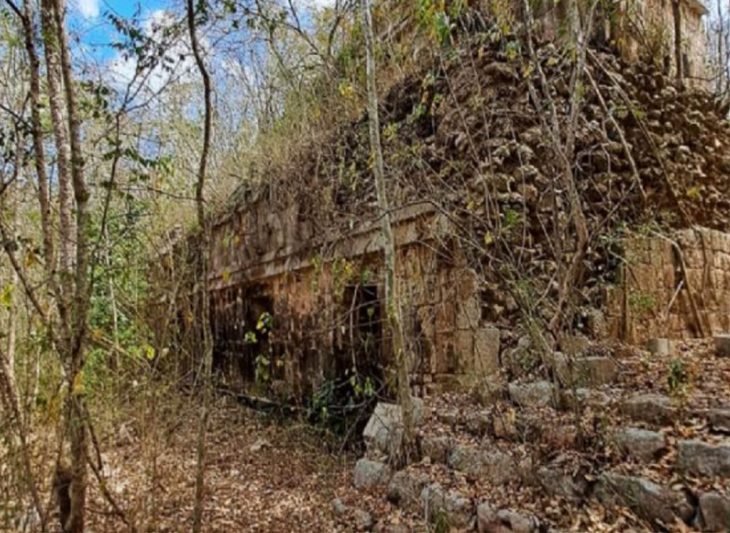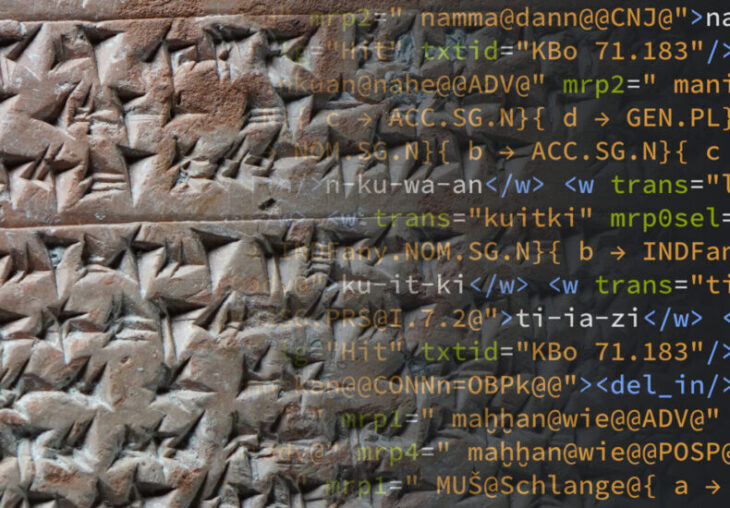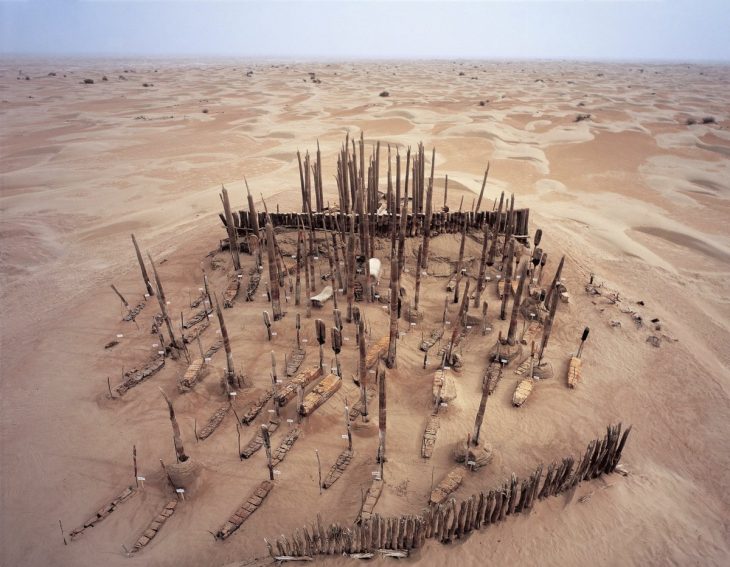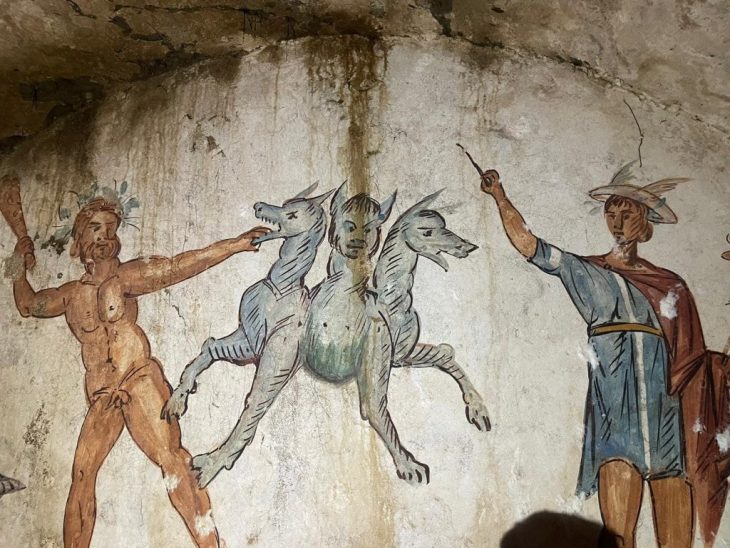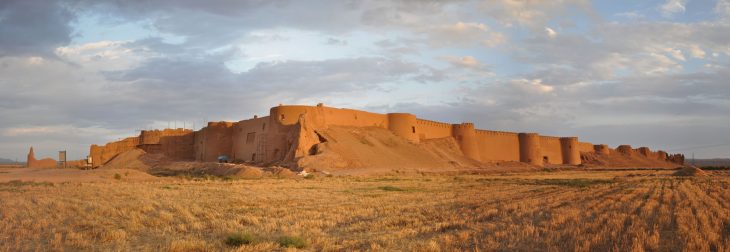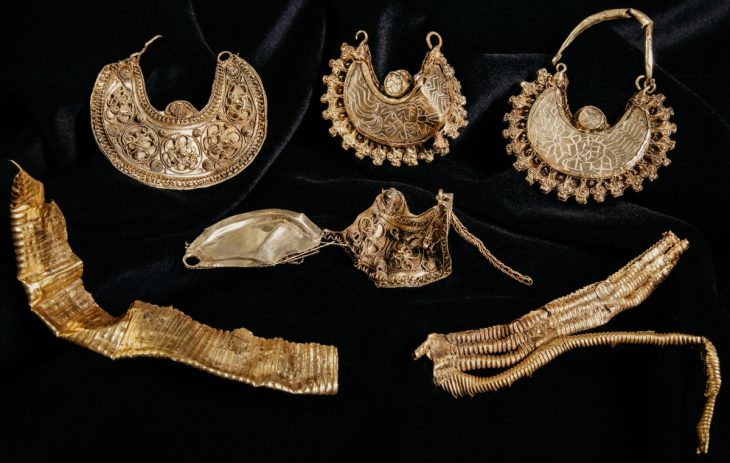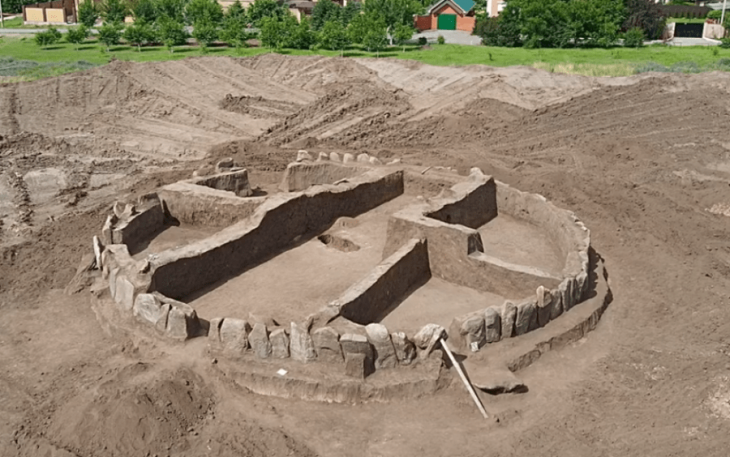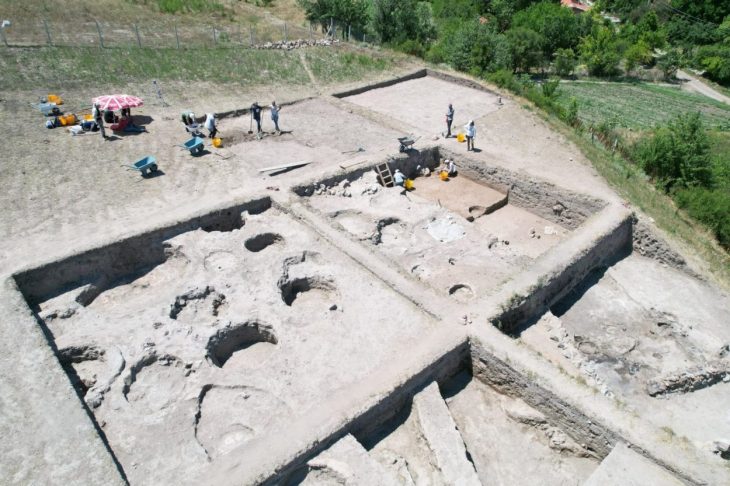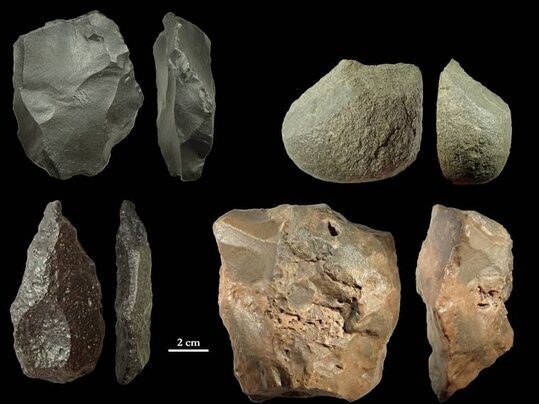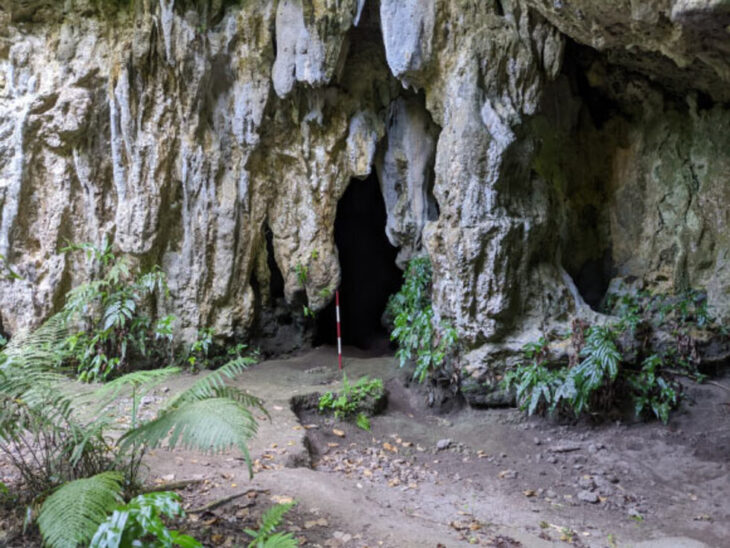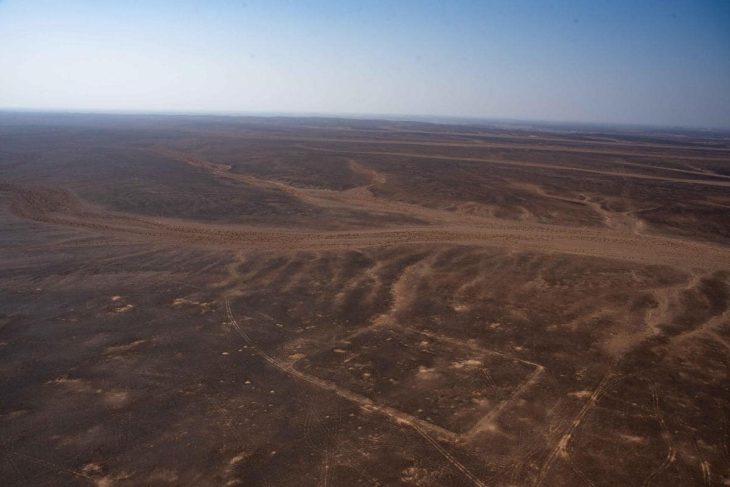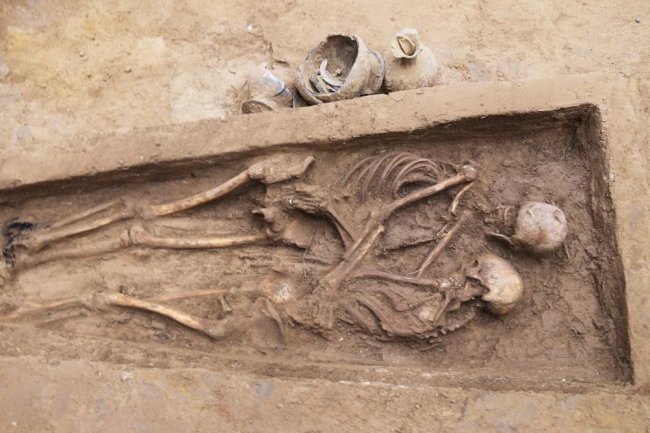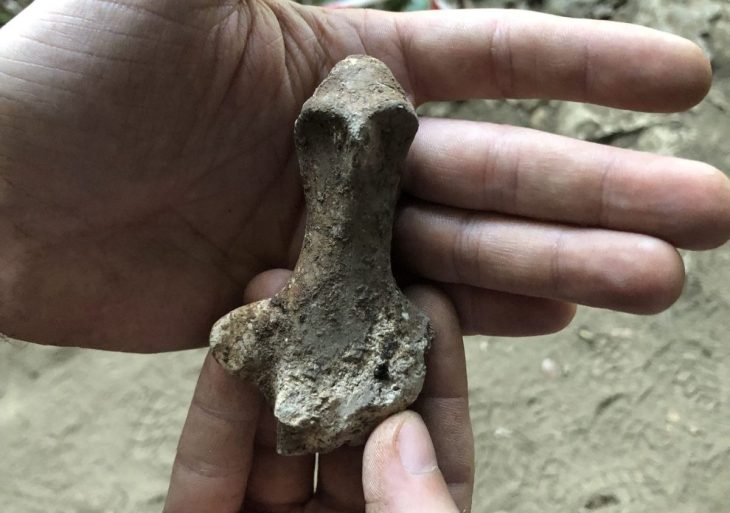Six frescoes ripped from the remains of ancient Roman villas years ago have been returned to the Pompeii archaeological site, according to Italian police recently.
Three of the – one depicting a cherub, the other a dancer, and the third a woman’s head – came from two ancient Roman houses in Stabia, a few kilometers from the main Pompeii excavations. Probably stolen in the 1970s, smuggled from Italy, and sold to collectors in the United States, Switzerland, and Great Britain.
The art squad unit of the Carabinieri police intercepted and confiscated them last year as part of “a wider investigation on the international trafficking of archaeological goods”, a statement said.
The other three frescoes were found by police in 2012 during an illegal excavation at Civita Giuliana, about 700 meters northwest of Pompeii before the thieves could take them.
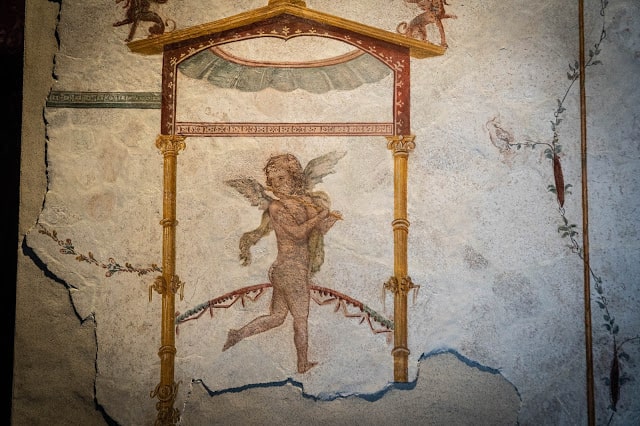
(Photo: Pompeii – Parco Archeologico)
In the same place, which was taken over by official authorities, archaeologists found the remains of two victims of the Vesuvius eruption last year, presumably a young slave and his elderly master.
📣 Our WhatsApp channel is now LIVE! Stay up-to-date with the latest news and updates, just click here to follow us on WhatsApp and never miss a thing!!

and a dancing female figure holding a tray in the center. Probably from room 9 of Villa Arianna, decorated with the same ’tile’ motif with female figures, cupids, birds, and rosettes [Photo: Pompeii – Parco Archeologico]
Since being buried for decades by a meter-thick crust of volcanic ash and ashes, the remains have survived to this day, allowing for an unprecedented degree of frozen-in-time protection of both city buildings and inhabitants unwilling to evacuate.
This amazing city continues to surprise us with different artifacts found every year.
Source: Guardian


